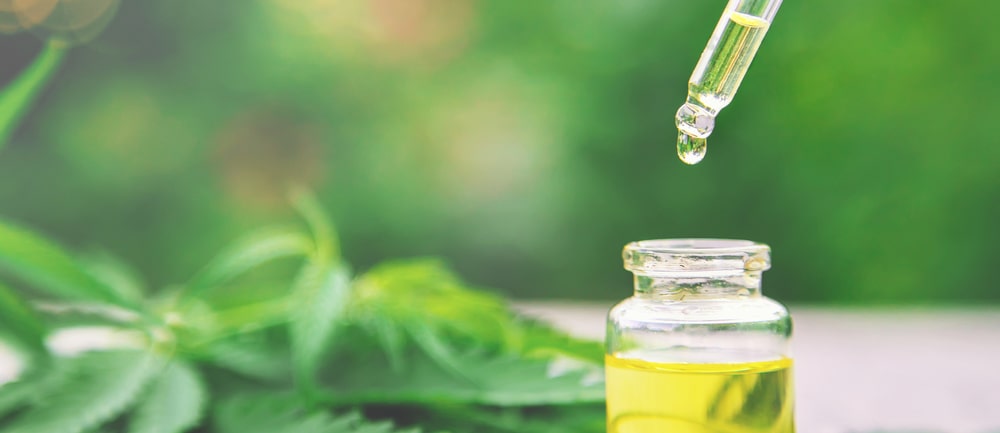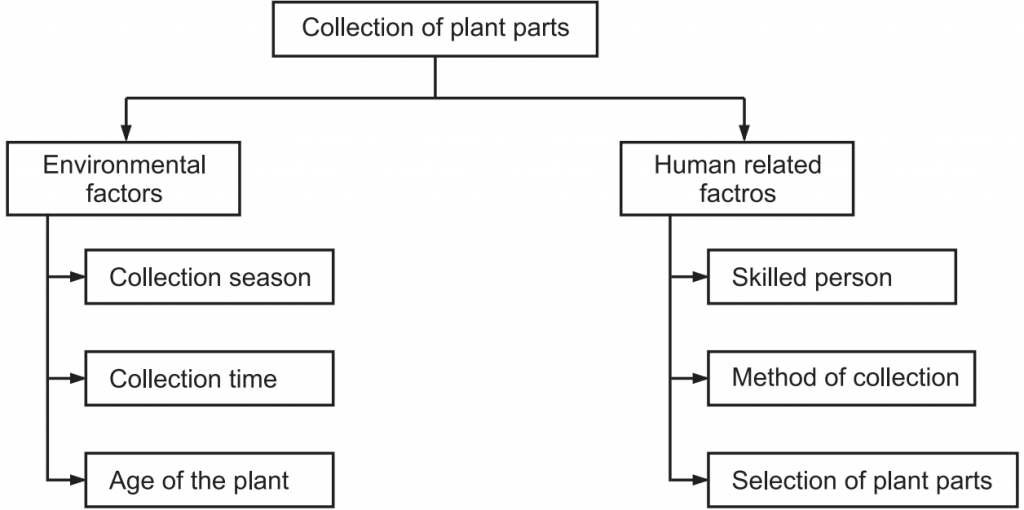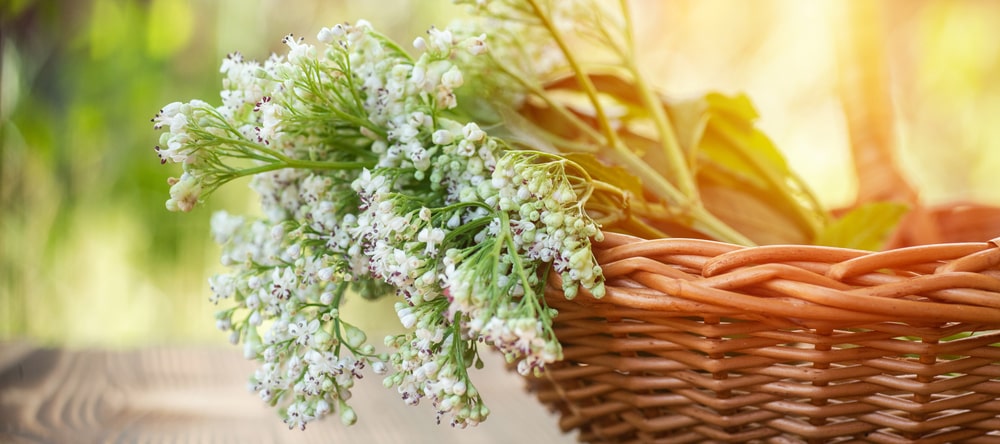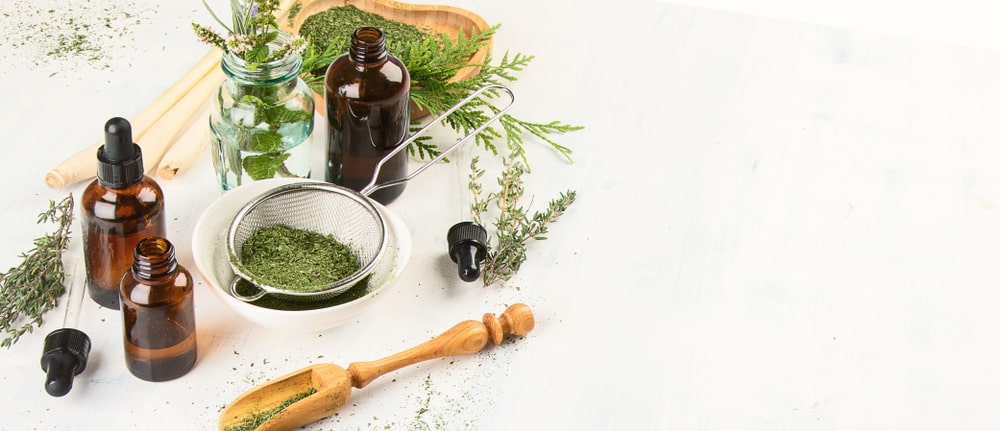Factors Affecting Collection of Crude Drugs: The collection of medicinal plants from wild populations can give rise to additional concerns related to global, regional, and/or local over-harvesting and protection of endangered species. After cultivation of the plants, it is essential to collect the plant parts for the next step of harvesting. Crude drugs are collected from wild or cultivated plants and hence the proper selection of the plant parts and their proper collection give the improved quality of the plants. It even helps to increase the content of secondary metabolites in the plant parts. Hence drugs should be collected when they contain the maximum amount of constituents in a highly scientific manner. Plant collections are important for:
- Voucher specimens are the only verifiable record of the occurrence of a species in time and space.
- The taxonomy of species is continually evolving. With herbarium specimens, species that have been subject to taxonomic change can be verified for an area without the expense of additional fieldwork.
- Even common species are sometimes misidentified in the field; less common species can be easily misidentified (lack of distinguishing features, lack of magnification, lack of time, large or difficult groups) or overlooked. Hence specimens should be collected and identified in a lab with all the tools and resources at hand.
- The work of field professionals can be available to a wide audience through depositing specimens in a herbarium, as the specimens are available to many researchers, in many fields, the world over for hundreds of years to come.

Several factors are affecting the collection of plant parts (Fig.1).

Environmental Factors:
Table of Contents
Collection season:
Active constituents of herbs are affected by the seasons (due to climate, rainfall, day-length, etc.). Medicinal plants should be therefore collected in the season in which their active constituents are highest. Example: Rhubarb (laxative) contains high anthranol in winter. This is then oxidized to anthraquinones in summer. Hence, it is collected in the summertime. The entire plant of Picrorrhiza kurroo can be collected from July-August to March-April. Barks of Cinchona, Cinnamon, Cassia is collected either in spring or autumn because the flow of sap is considered to be maximum at these times and barks readily detach from the wood. The sap is collected in the spring as it rises or as it tails in the autumn. e.g., Betula pendula produce huge quantities of sap during that time. Further, the composition of several plant metabolites varies throughout the day and night due to interconversion is taking place at that time. Flowers are collected during spring or summer. Roots and rhizomes are collected during the rainy season generally after three years of cultivation. Colchicum corm is free from bitterness and is devoid of the alkaloid colchicine in autumn. Bitterness starts to appear in spring and early summer when it is used as a drug.
Collection time:
The amount of a constituent is usually not constant throughout the life of a plant. The differences are sometimes not only quantitative but also qualitative. The stage at which a plant is collected is very important for maximizing the yield of the desired constituent. It is generally procured in the year or the day. The composition of several secondary plant metabolites varies throughout the day and night due to some interconversion that occurs in the plant body. The best time for collection (quality peak season or time of day) should be determined according to the quality and quantity of biologically active constituents rather than the total vegetative yield of the targeted medicinal plant parts. The best time to pick lavender, clove flowers are before the last blooms on each stalk have fully opened up.
Example: Cardiac glycosides of digitalis are present in their highest amount in the afternoon. Typically, for essential oil-containing flowers, dry days are chosen and the collection is carried out in the morning before sunlight has not evaporated too much of the essential oils present in the flowers. Even for essential oil-containing leaves, they should be collected in the morning after the dew has dried from the plant, but before the heat of the sun has warmed the plant too much. This ensures that most essential oils are present in the leaves.
Age of the Plant:
The age of the plant governs not only the total quantity but also the relative proportion of the active constituents. Example: Ammi visnaga unripe fruits are richest in both khellin and visnagin. A high proportion of pulegone (naturally occurring organic compound obtained from the essential oils) in young plants of Peppermint will be replaced by menthone and menthol and reduction in the percentage of alkaloids in Datura as the plant ages. Roots and rhizomes are collected after two to three years of plant growth. Secondary metabolites are more accumulated in Agave americana as the age is more. Even sap content is more if the leaves are mature and big for Aloe plant as age becomes more. Conium fruits contain when fruits are mature and unripe. Santonica flowers are rich in santonin when unexpanded; when it starts to open, the santonin content decreases.
Cleaning of Collected Plants:
- Underground organs should be freed from the soil by shaking, brushing, or washing under a stream of water.
- Any diseased part or attacked by insects should be rejected.
- All large organs such as calumba roots should be sliced to facilitate drying.
- Some organs as ginger are usually peeled.
- The stalks are usually removed from leaves and fruits.

Human Related Factors:
Skilled person:
Collection practices should ensure the long-term survival of wild populations and their associated habitats. The population density of the target species at the collection sites is determined and rare species should not be collected. Local experts responsible for the field collection should have formal or informal practical education and training in plant sciences and have practical experience in fieldwork. They should be responsible for training any collectors who lack sufficient technical knowledge to perform the various tasks involved in the plant collection process. They are also responsible for the supervision of workers and the full documentation of the work performed. Field personnel should have adequate botanical training and should be able to recognize medicinal plants by their common names and by their scientific (Latin) names. The collection team should be familiar with good collecting techniques, transport, and handling of equipment and medicinal plant materials, including cleaning, drying, and storage. Training of personnel should be conducted regularly. The responsibilities of all those involved in the collection should be set out in a written document.
Method of collection:
Medicinal plants should not be collected in or near areas where high levels of pesticides or other possible contaminants are used or found, such as roadsides, drainage ditches, mine tailings, garbage dumps, and industrial facilities which may produce toxic emissions. In addition, the collection of medicinal plants in and around active pastures, including riverbanks downstream from pastures, should be avoided to avoid microbial contamination from animal waste. In the course of the collection, efforts should be made to remove parts of the plant that are not required and foreign matter, in particular toxic weeds. Decomposed medicinal plant materials should be discarded. When collecting roots of trees and bushes, the main roots should not be cut or dug up, and severing the taproot of trees and bushes should be avoided. Only some of the lateral roots should be located and collected. Barks are collected by three methods like felling (bark is peeled off after cutting the tree at base), uprooting (the underground roots are dug out and barks are collected from branches and roots), and coppicing (plant is cut one meter above the ground level and barks are removed).
Selection of plant parts:
Collectors of medicinal plants and producers of medicinal plant materials and herbal medicines should prepare botanical specimens for submission to regional or national herbaria for authentication. The voucher specimens should be retained for a sufficient period and should be preserved under proper conditions. The name of the botanist or other experts who provided the botanical identification or authentication should be recorded. If the medicinal plant is not well known to the community, then documentation of the botanical identity should be recorded and maintained. Tubers, corns, and bulbs are collected at the end of flowering or fruiting when all the aerial portions show signs of senescence. Leaves are collected just before flowering and flowers are collected just before pollination. Fruits are collected when they become fully mature and ripe.
Make sure you also check our other amazing Article on : Concept of Good Agricultural Practices
